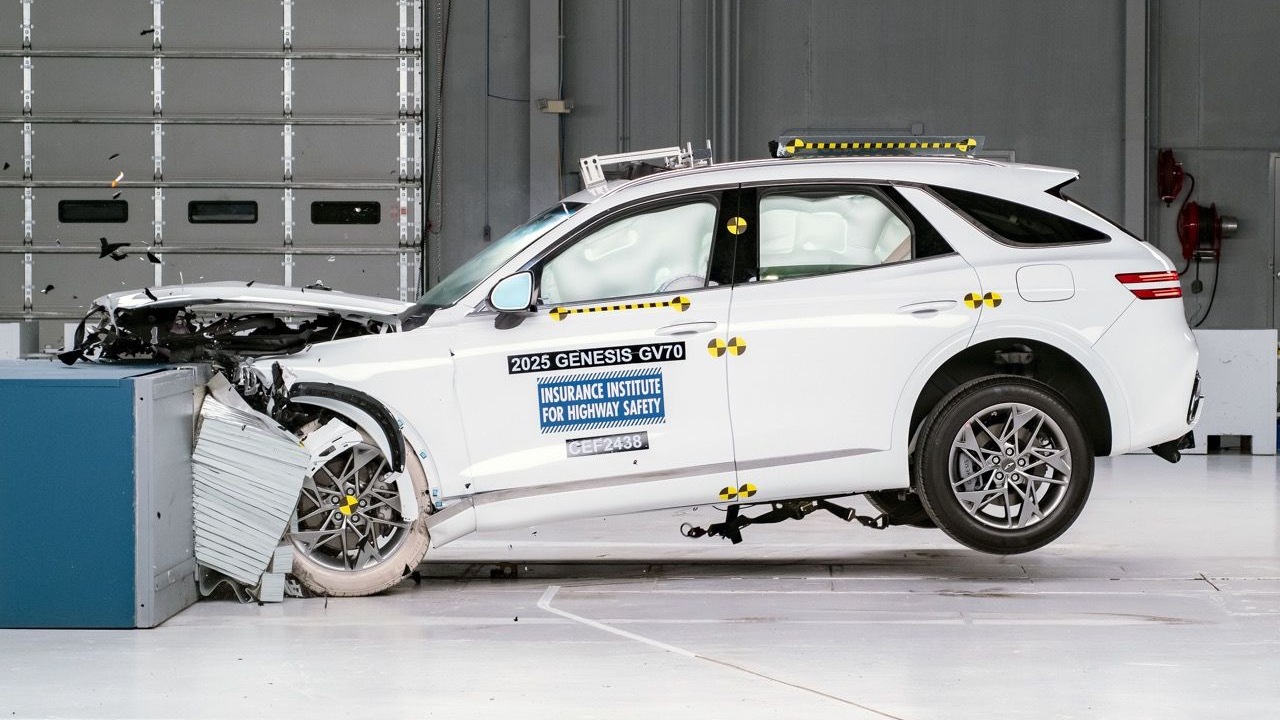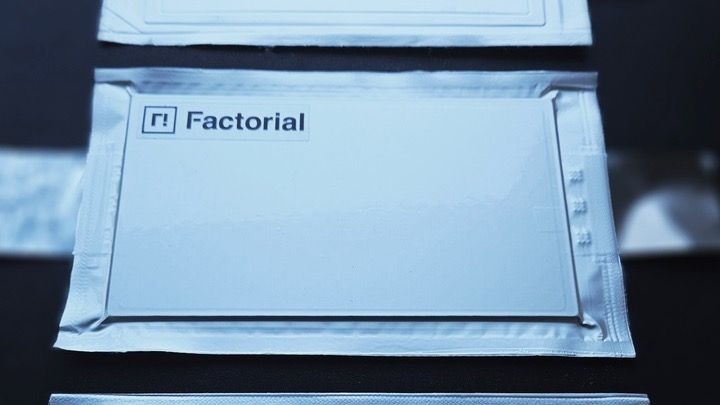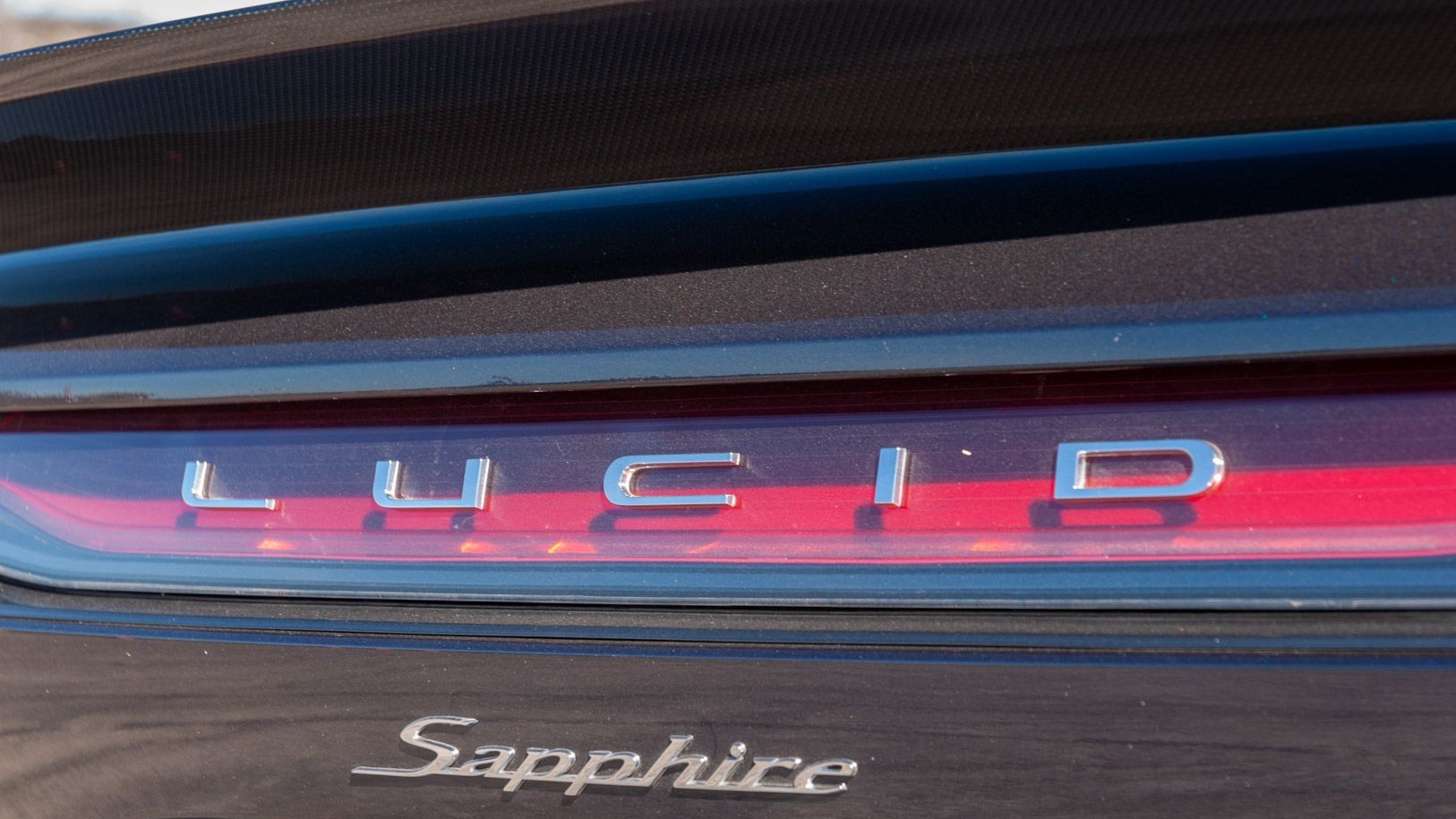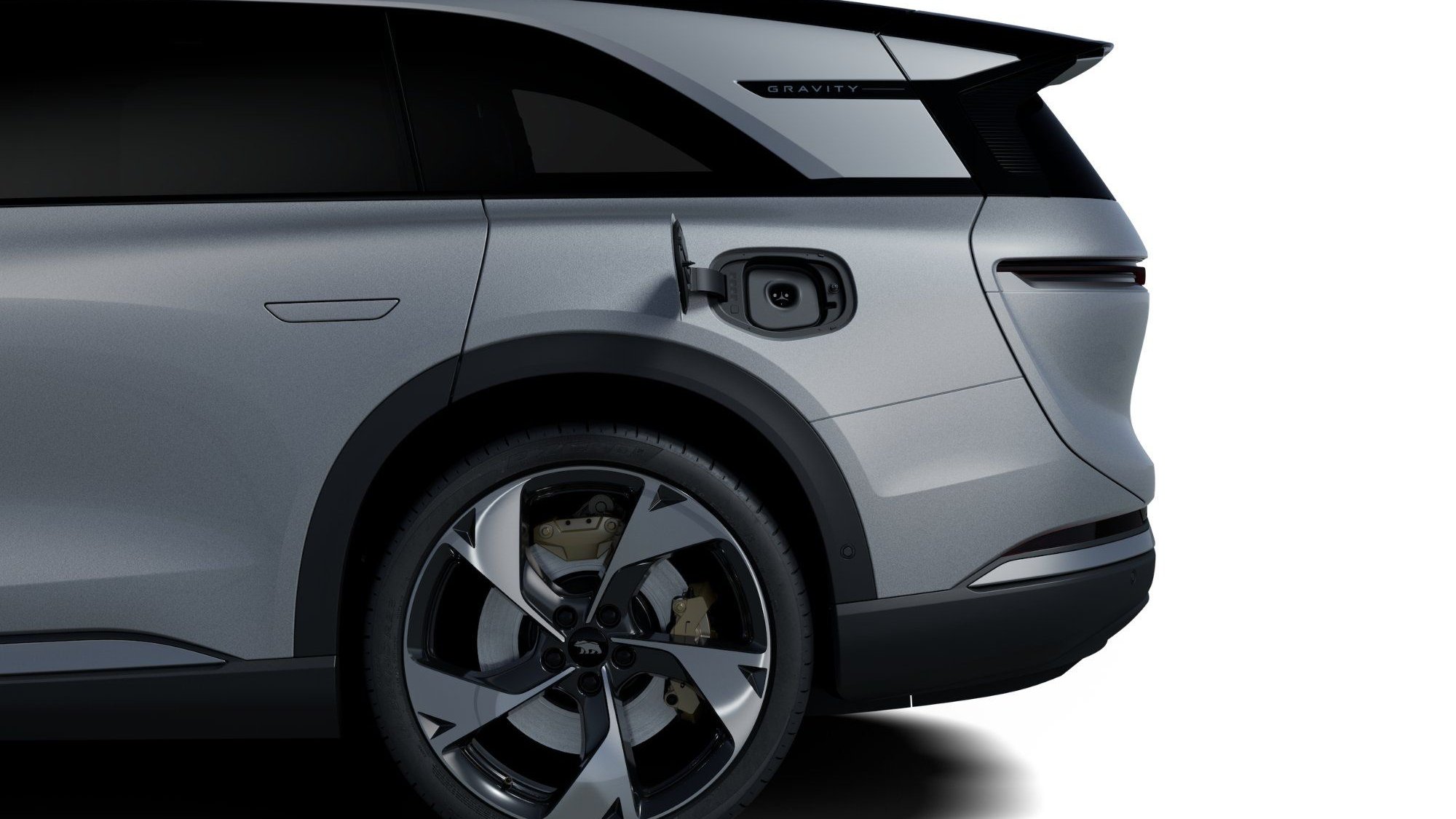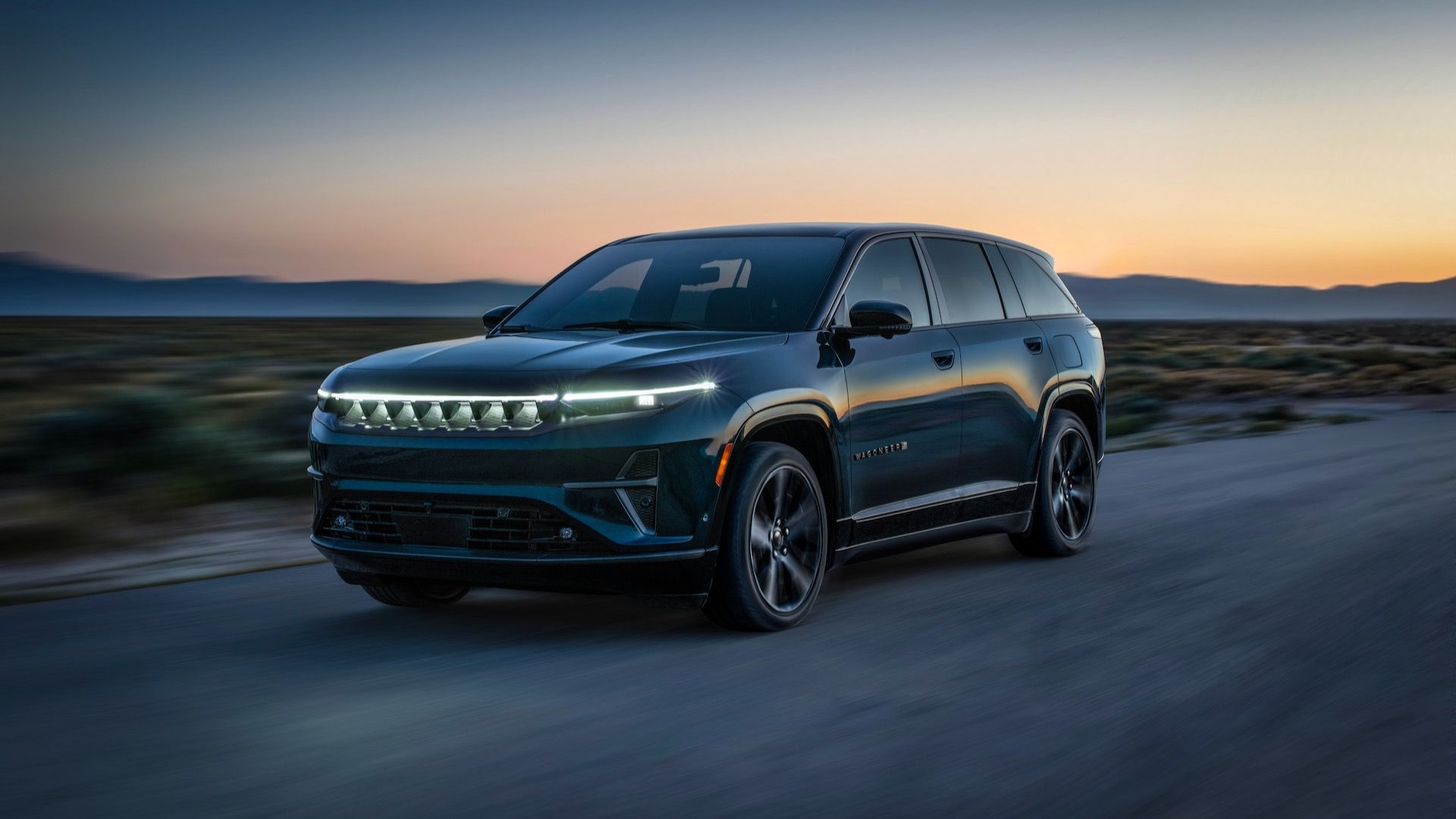- 100% tariff on Chinese-made EVs follows U.S.
- EV incentives only apply to free-trade partners, Canada underscored
- Mexico remains a potential U.S. entry point for Chinese automakers
Canada’s national government Monday announced a 100% tariff on the import of Chinese-made electric vehicles.
The 100% tariff, set to go into effect October 1, 2024, closely matches that adopted by the U.S., and it follows language similar to that being adopted by the EU. Specific tariff items apply widely without exceptions, on everything from passenger vehicles to buses and trucks, and of fuel types ranging from gasoline to electric and hydrogen fuel-cell.
Accompanying the vehicle tariff, Canada also announced a 25% tariff on Chinese steel and aluminum set to start October 15, 2024.
Additionally, Canada took its actions versus China a step further than the U.S. has thus far: It’s limiting eligibility of Chinese EVs for all federal EV incentives—to those that have negotiated free-trade agreements with Canada. With no limitations on final assembly or battery and mineral sourcing requirements for Section 45W, U.S. firms eying commercial use or leasing and purchasing Chinese vehicles subject to the new tariffs would appear to still be eligible to get $7,500 or more back via the EV “leasing loophole.”
Canada’s move follows Biden’s 100% tariff hike
“China’s intentional, state-directed policy of overcapacity and lack of rigorous labor and environmental standards threaten workers and businesses in the EV industry around the world and undermine Canada’s long term economic prosperity,” said Canada’s Department of Finance in a press release accompanying the announcement. It added that “exceptional measures are required to address this extraordinary threat.”
The Biden administration tariff hike versus China was announced in May, and it was directly positioned to keep Chinese EVs out. That U.S. move raises tariffs on EVs from 25% to 100% this year, and it hikes the tariff rate on lithium-ion batteries and battery parts from 7.5% to 25% when applied to EVs. An equivalent hike on tariffs for lithium-ion batteries imported from China for other applications applies starting in 2026.
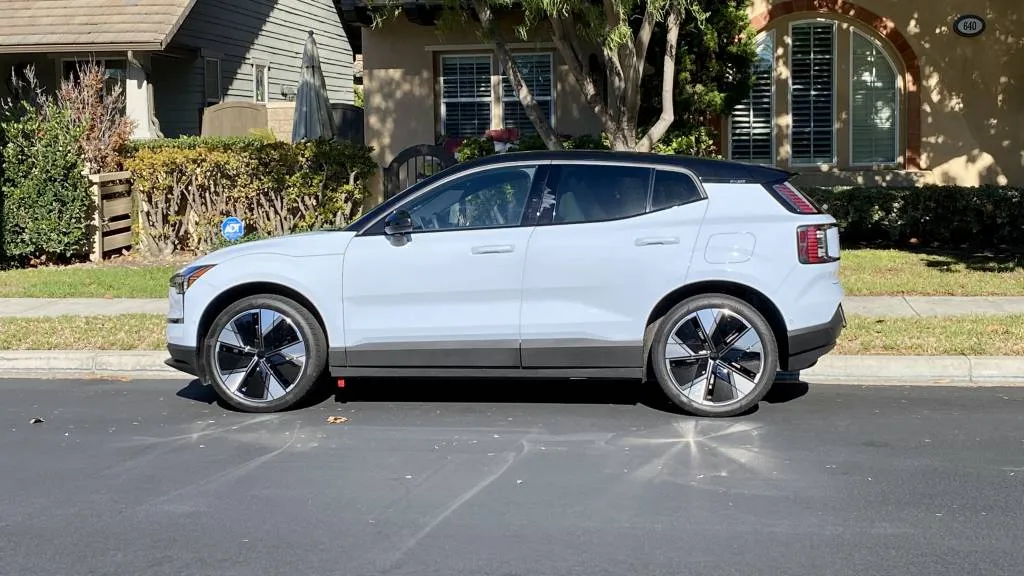
2025 Volvo EX30
That reportedly led to the delay of the Volvo EX30 compact EV, a vehicle that was slated to arrive first as a Chinese import, with Europe-built vehicles arriving later.
Mexico in the balance—especially for EVs
Presidential candidate Donald Trump, who has underscored that Mexico has taken away 34% of automobile manufacturing business in the U.S., has promised to take the 100% Chinese tariffs a step further—to all vehicle types—with policies to pressure automakers to build vehicles in the U.S. rather than Mexico.
Mexico remains part of the evolution of a free-trade framework with the U.S. and Canada. Once called NAFTA, it was revamped only slightly during the Trump administration and renamed the U.S.-Mexico-Canada Agreement (USMCA).

BYD Dolphin EV - Euro spec
But Mexico is also proving to be the weak point in the defense against the onslaught of inexpensive Chinese EVs. Under the USMCA, Chinese EVs made in Mexico, with Mexican materials, could still potentially be sold in the U.S. free of trade tariffs. So far the nation has made no move to step up its Chinese tariff rules.
Europe remains in pushback mode, and it appears that versus Chinese EVs, its implementation of EU tariff rules may be too late. China’s BYD has already begun selling its Dolphin EV, a well-rated compact hatchback, for less than $30,000 in some EU markets, and the lower-priced Seagull might be sold for less than $20,000 in some markets.





